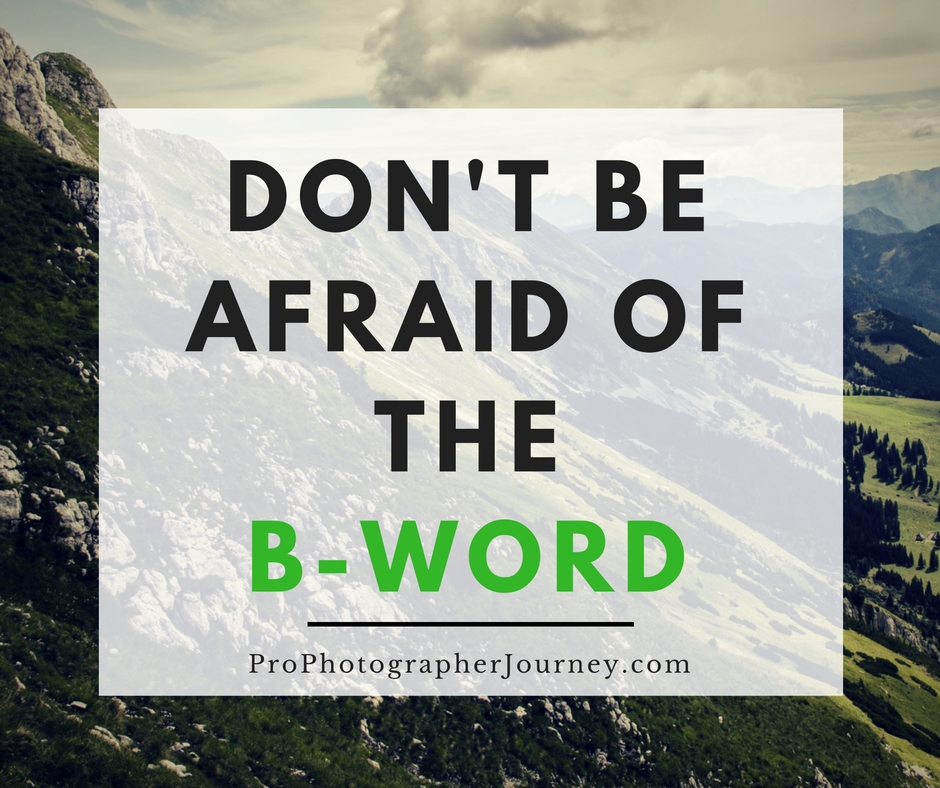
“What would you do if you doubled your client base tomorrow?” If your answer is, “I would be happy, but everything would just break.” Then this is for you.
Business, the B-Word. Yes, this is the other half of your job title. You have a photography business. As much as we would all love to shoot pictures all day, that’s just not the reality. We have to learn to balance being a “photo technician” and being a photography business owner. In a recent podcast with professional photographer Brent Watkins, he shares with us a few tricks of the trade and bits of advice on how to run a business while staying sane in your photography.
Turning Your Passion Into Production
One of the most challenging parts of it all is the actual running of the business. It’s hard to see a passion become work, but if it’s managed well it can be your most passionate business. Brent’s first trick that he learned was to make sure you are a quality photographer before you charge anyone a dime. Don’t try to run a business if you aren’t even ready to be a full-time professional photographer because doing both at the same time will burn you out and you will give up before you knew what happened. Practice and perfect your skills before making anyone pay.
Another tip to mastering the B-Word is to remember that when you shoot more, you will have more business to do and when there is more business to do, there is more money. In order to be a professional photographer you have to learn to run it like a business because, after all, the act of photography will not sell itself. It will take effort from you and many clients to ensure that you can continue to do the job you love most and bring home the much-needed money to pay the bills.
The final suggestion is to help others help you. Outsourcing is a scary idea sometimes. You are giving your work out there for someone else to tamper with and crossing your fingers, right? Not exactly. When you start to run your photography operation like a real business, you have to also begin to understand your own weaknesses. What are the areas that you are weakest at? Editing? Lighting? Setting appointments Scheduling?
There are people out there that are good at those things, and, believe it or not, you probably have people in your social circle that are good at those things. Brent does not suggest hiring just anyone, but he uses the example of a friend who sells TwentyOne Bags or Scentsy Candles or the next big makeup brand. Those people who sell items like that based only on the commission are people to watch out for. They enjoy selling things to people and if they stick with it, they are probably good at it. Maybe they would help with your sales and appointment setting? You will start to understand that you cannot do it all on your own and that, in fact, you shouldn’t. No one runs a great business alone.
Making A Vision
Start by hiring an assistant to help you with one thing. Maybe someone to edit photos or call back customers before their booking date and time as a reminder or maybe an extra person just to hold the lights in the studio. Starting to make plans based on your future is creating a successful vision. How would you like your business to run? Create streamlined processes and find people to fill those slots as you grow and things will start clicking together like hands of a clock. Starting small is the key. Don’t give up on photography because it turns into a business, learn as much as you can and make a vision for what kind of business you want to have when you become a professional photographer.
